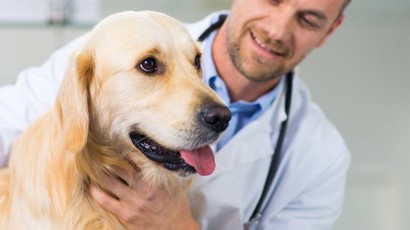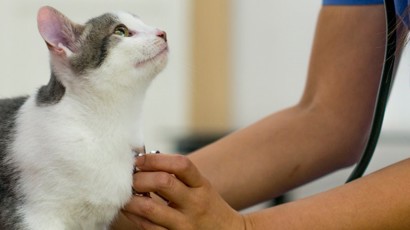10 Quick Tips when Visiting the Vet

Missed appointments, hissing cats and dogs running amok.
There are many ‘no-nos’ when it comes to visiting your vet.
We all know the social conventions and how we should behave when we visit the doctor, but do you follow a similar code when you take your pet to the vet?
We’ve put together a list of 10 things you can do to make the most of your visits to the vet.
- If a trip to the vet is not your pet’s favourite activity, you can help reduce their anxiety by leaving their travel box out so they get used to seeing it. You can also feed her in it, so she comes to associate it with something positive. If your dog is a nervous traveller, speak to your vet about natural calming remedies to help. More information about reducing vet visiting stress here.
- Try to arrive 5-10 minutes before your allotted appointment time. This gives your pet time to settle, and you time to complete any necessary paperwork.
- Make separate appointments for all your pets – appointments at most surgeries are in 15-minute slots, and your vet will be better able to stick to his or her schedule if you observe this.
- When you arrive at the surgery, keep your dog on a short lead, and always keep your kitty in her carrier, preferably up high, until you are safely inside the consulting room. Some surgeries have separate waiting areas for dogs and cats, so please keep to those areas to ensure animals are not stressed by the situation. Remember, a vet’s clinic is not a social event for your pet!
- If you suspect that your pet is infectious (for example, sneezing and/or coughing), keep them in the car and notify the surgery staff. You can avoid other pets contracting the same illness.
- Accidents do happen. If your puppy is not fully toilet trained, or your elderly dog is incontinent, alert staff as soon as possible so they can arrange for the mess to be cleaned up.
- It goes without saying, to always turn your mobile phone to silent while in the waiting area and turn it off completely during your consultation. This will ensure the experience remains as stress-free as possible for the animals.
- Make notes of all your concerns and observations before going so you have something to refer to. It is also helpful to have to hand your pet’s vaccination history, and current diet, as well as their most recent flea and worming treatments.
- If you need to bring your children with you, and they become bored easily, come prepared with kids toys or games. This way, you can focus your full attention on your vet’s instructions and recommendations.
- Ask plenty of questions and take notes during the consultation – vets and nurses are there to help, and it’s the best way to make the most of their knowledge.


